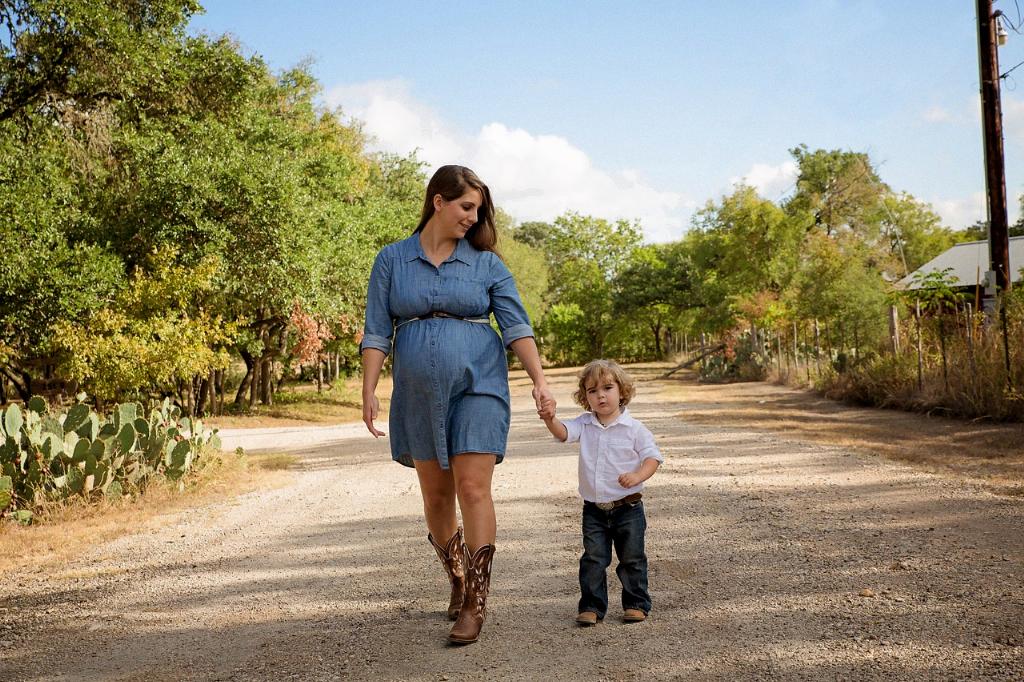Iron deficiency during pregnancy is a common concern that can lead to a variety of symptoms, such as fatigue, weakness, and shortness of breath. In cases where oral iron supplements are not sufficient, healthcare providers may recommend an iron infusion to quickly boost iron levels in the body. But how long does it take to feel the effects of an iron infusion, especially when you are pregnant?
Understanding the Process of Iron Infusion
When you receive an iron infusion, a solution containing iron is injected directly into your bloodstream through an IV. Unlike oral iron supplements, which need to be broken down and absorbed by the body, iron infusions deliver iron quickly and efficiently to where it is needed most. This can help replenish iron stores in a shorter amount of time.
Patience is Key: Timing of Improvement
It is important to understand that the effects of an iron infusion may not be immediate. While some individuals may start to feel better shortly after the procedure, it can take time for the body to absorb the iron and for iron levels to increase to a point where symptoms begin to improve.
Factors Influencing Recovery Time
The time it takes to feel better after an iron infusion can vary from person to person and may depend on several factors. The severity of your iron deficiency, your overall health, and how well you respond to the infusion can all affect the timeline for improvement.
Give it Time: The Waiting Game
On average, it may take up to a few weeks before you start to notice a significant improvement in your symptoms following an iron infusion. Patience is key during this time, as your body works to utilize the iron provided during the infusion to replenish iron stores and support essential bodily functions.
Listen to Your Body
It is essential to listen to your body during this recovery period. While it is normal to feel some fatigue and weakness as your body adjusts to the changes in iron levels, if you experience worsening symptoms or do not notice any improvement after a few weeks, it is important to contact your healthcare provider for further evaluation.
Follow-Up Care and Monitoring
After an iron infusion, your healthcare provider may recommend follow-up appointments to monitor your iron levels and assess your response to treatment. These visits can help ensure that you are on the right track to recovery and may involve additional iron infusions or adjustments to your treatment plan if needed.
Self-Care Tips for Recovery
While waiting to feel the full effects of an iron infusion, there are steps you can take to support your body’s recovery. Eating a balanced diet rich in iron and vitamin C, staying hydrated, and getting adequate rest can all help optimize the benefits of the infusion and promote overall wellness during pregnancy.
Stay Connected with Your Healthcare Team
Communication with your healthcare provider is essential throughout this process. Keep them informed of any changes in your symptoms, ask questions if you have any concerns, and follow their guidance on follow-up care and monitoring to ensure the best possible outcome for you and your baby.
Conclusion: Embracing the Journey to Better Health
Feeling better after an iron infusion during pregnancy is a gradual process that requires patience and self-care. By understanding the timeline for improvement, listening to your body, and staying connected with your healthcare team, you can navigate this journey with confidence and support your overall well-being as you await the benefits of replenished iron levels.
References:
1. Mayo Clinic – Iron deficiency anemia: https://www.mayoclinic.org/diseases-conditions/iron-deficiency-anemia
2. American Pregnancy Association – Anemia during pregnancy: https://americanpregnancy.org/pregnancy-health/anemia-during-pregnancy/

